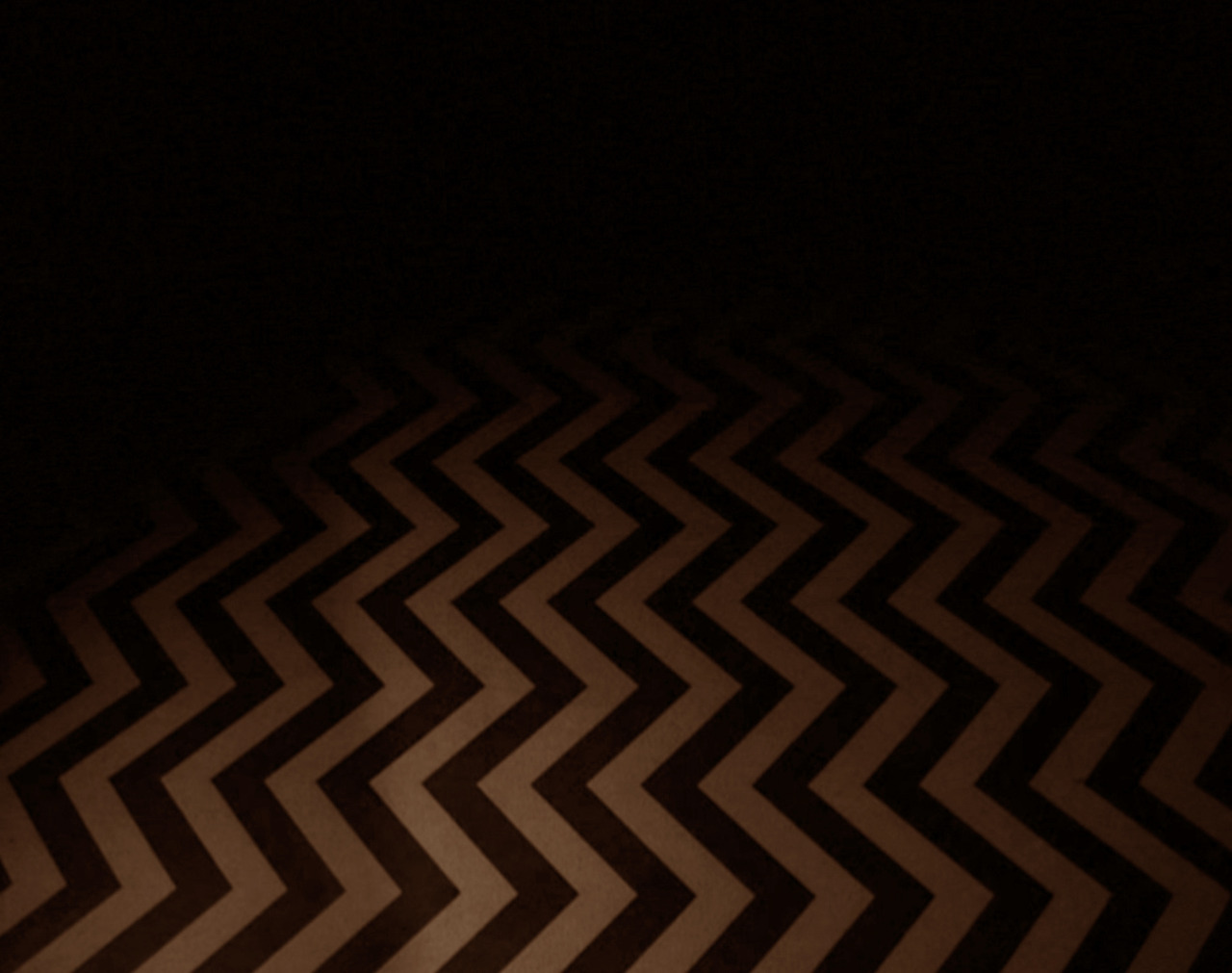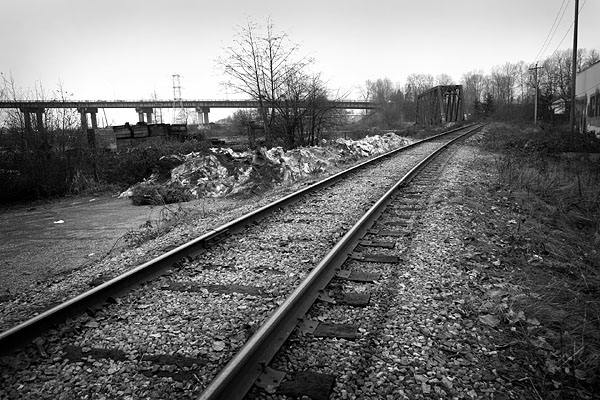“Darkling I listen; and, for many a time
I have been half in love with easeful Death,
Call’d him soft names in many a musèd rhyme,
To take into the air my quiet breath;
Now more than ever seems it rich to die,
To case upon the midnight with no pain,
While thou art pouring forth thy soul abroad
In such an ecstasy!”
John Keats, Ode To A Nightingale
Dark and thorny is de pathway
Where de pilgrim makes his ways
But beyond dis vale of sorrow
Lie de fields of endless days
Harriet Tubman, (1820-1913)
“I caught the darkness baby, and I’ve got it worse than you.”
Leonard Cohen, The Darkness
If it can be said that art is an accurate indicator of our collective unconscious, then this could be the darkest age of love yet. And although I’m loath to be the bearer of bad tidings, the future looks so dim, you might just want to remove your shades and revert to regular spectacles. Perhaps it’s the ultimate acceptance (after denial, anger, bargaining, depression, and Occupation) that various shocks and collapses are seemingly not going away – that not only was Naomi Klein right, but her books have indeed made the unholy transubstantiation from crisis warnings to disaster capitalist manuals. Perhaps it’s all those climate change deniers running for public office as the Earth barfs up its last proverbial lung; perhaps it’s the stark realization that John Cusack cannot possibly save us all in 2012, like he did back in 2012. Whatever it is, an emerging constellation of cultural productions in the second decade of the new millennium is, so far, pointing toward a slow descent into the long, dark night of the soul.
Perusing the avalanche of best-of lists leading up to the New Year, the most interesting releases seemed to me to be of the sluggish and spooky sort. (Sometime in mid-November, it got to the point that I seriously started suspecting records marked as 33rpm.) Upon its release (on Valentine’s of all days) Pitchfork’s Joe Colly described Tim Hecker’s Ravedeath 1972 as “a dark and often claustrophobic record” that “is by no means about prettiness or tranquility.” Rip Empson of XLR8R called Hype Williams’ One Nation “the musical expression of a 48-hour sleepless walkabout.” Brian Kolada’s Resident Advisor review of Raime’s Hennail ep notes the prevalence of “darkened pools of reverb” summoning “a gloomy horror-flick vibe.” George Bass of Drowned In Sound portrayed Andy Stott’s recent works as “dark, twisted house”. Abeano’s Rhian characterized The Haxan Cloak’s music as “creepy”, “eerie”, and “bewitched”. Massive Attack and Burial’s “long dark collaborative effort” invokes “the gloomiest moments ever”, according to Sam Hockley-Smith of The Fader. Charlie Hale wrote in the pages of the Quietus of how Oneohtrix Point Never’s Replica opens on a heavenly note before it “dives off to somewhere far darker”. And looking toward promising upcoming recordings from moody labels like Kranky, Hyperdub, Tri Angle, and Blackest Ever Black, there’s not much light glimmering at the end of the tunnel. All of this begs the question: why so glum, chums?
Historically, pockets of doomy and gloomy music have flourished during traumatic times. The spiritual quoted above was sung by Harriet Tubman – also known as “Black Moses” – a former slave who had herself escaped bondage, helping countless others to freedom at the risk of her own recapture. Scholar and activist Dr. Charshee Charlotte Lawrence-McIntyre wrote: “Upon hearing this song, whether or not able to see the singer, slaves knew their ‘Moses’ had come for them.” In the depths of the Great Depression, both Bing Crosby and Rudy Vallee recorded maudlin versions of ‘Brother, Can You Spare A Dime’, earning them each number one hits. More recently, The Cure, Joy Division, Bauhaus and a slew of post-punk, darkwave acts coincided with the first hints of Thatcherism in the UK. Across the pond, Skinny Puppy, Ministry, and Nine Inch Nails were the most visible constituents of an industrial-metal cohort that documented the sinister transition from Reganonomics to Bush Sr.’s militaristic and evangelical conservatism. Once again, that old black cauldron has been bubbling toil and trouble for some time. Fever Ray’s self-titled 2009 album “proceeds at a crawl” conjuring “an eerie, becalmed atmosphere”, according to Alexis Petridis of The Guardian. And at the turn of the decade, acts such as Salem and oOoOO chopped and screwed a path toward the surge of subgenres alternately dubbed Witch House and Drag, whose aesthetics crept their way into new artists’ repertoires, from A$AP Rocky to Holy Other. So it’s little surprise, what with the global sway that the extreme right-wing appears to have mustered over the past few decades, the further marginalization of the Occupy movement, the persistence of casual bigotry, and significantly, the all-too-real possibility of America soon slipping back into Republican hands, that ominous music should once again be sounding its not-so-distant early warning sirens. Are these the sounds of the new bleak?
In her acclaimed 2007 book The Shock Doctrine, Naomi Klein recounts how, in the 1950s, CIA-funded experiments were performed at McGill University in an effort to “blank the slate” of test subjects’ unconscious memories. Unwitting psychiatric patients were subjected to draconian forms of shock, including sensory deprivation, electroconvulsive therapy, and barrages of powerful hallucinogens. At the time, it was thought that what would emerge would be a de-programmed subject – a tabula rasa unconscious – upon which new thoughts and memories could be re-programmed. Yet as Klein details, the opposite proved true: “Their minds weren’t ‘clean’; rather, they were a mess, their memories fractured, their trust betrayed.” As it turns out, the traumatized unconscious is not erasable; it’s palimpsestic: it retains traces of earlier memories, with new traumas accumulating unevenly atop.
Philosopher and psychoanalyst Slavoj Žižek believes that traumatic events work on people in complex and profound ways. In his 2010 book Living In The End Times, Žižek defines trauma as “the violent intrusion of something unexpected, something the subject was absolutely not ready for, and which it cannot integrate in any way.” Furthermore, it seems to matter little whether those traumas are personal or collective, political or natural, physical, emotional, self-inflicted, or otherwise. Oil spills, economic collapses, riots, revolutions, tsunamis, pepper-spray attacks on peaceful protesters: all are equivalent in the unconscious that perpetrates, suffers, and bears witness to trauma – even when it’s on YouTube. In the wake of those shocks, crusty new identities emerge who “live death as a form of life – his or her life is the death drive embodied […] and this holds for the henchman no less than for his victims.” Death becomes them, us.
As well, the acutely traumatized unconscious regresses toward a more comfortable past, says Žižek, “withdrawing from higher-level engagement and interaction to a more primitive mode of functioning”. As witnessed in post-war Iraq and the former Soviet Union, under tremendous hardship, further oppressed populations often exhibit an aching nostalgia for even the most tyrannical of regimes – an irrational kind of retromania. Žižek makes an additional distinction here: it’s the libidinal unconscious–the place that houses our most “unknown unknowns”, those deeply seated things that we’re not even conscious of not being conscious of–which is most vulnerable to these morbid symptoms. It’s also, arguably, that subterranean cellar from which all good art arises. As opposed to the cerebral unconscious, which is the part that knows that it doesn’t know, “the libidinal unconscious is ‘undead,’ it does not know (cannot represent) its own death, it acts as if it were immortal, indestructible”. The libidinal unconscious, then, is also the zombie, ghostly, haunted unconscious.
‘Wake’ from Slow Walkers – Grouper / Lawrence English from ROOM40 on Vimeo.
Speaking of the walking dead, I began thinking about this piece in the long shadow of Simon Reynolds’ Retromania, a meticulous account of how the recent past has perpetually reanimated itself into present popular culture. Reynolds argues that the haunting recurrence of cultural artifacts in time is the consequence of manifold factors, stemming from high-tech, post-modern, and late-capitalist conditions. He astutely deploys “hauntology”, a term borrowed from Jacques Derrida, who applied it to “the uncanny persistence of Marx’s ideas after the death of communism”. In his chapter entitled ‘Ghosts of Futures Past’, Reynolds uses hauntology to refer to a loosely knit arrangement of cultural producers in fashion, art, and music whose works are “based around archives, historical memory, lost and decayed futures et al.” It’s true that, whether intentional or not, a good deal of this spooky music of late is haunted by the ghosts of dead social movements, dead genres, zombie formats, delayed rhythms, and decomposing textures. For instance, listening to the opening track on Young Hunting’s ‘The Night of the Burning’, I was quickly compelled down a pre-YouTube rabbit hole (which means digging through the physical stacks) until I found my old Doubting Thomas and Coil records, satisfied that I’d scratched that itch. But still, a sharp distinction should be made here between carbon copying versus fashioning anew. Young Hunting’s brand of hypnagothica signals a retromaniacal impulse to be sure, but one that’s more revisionist than derivative. If retro must be invoked here, it’s more like we’re looking through the wrong end of a telescope: scenes and sounds culled from the past become opaque, muddied and smeared.
While closely linked to trauma, haunting, however, is not quite the same beast. Trauma induces repetition and regression, or as Reynolds calls it, “hyperstasis”: we appear to be moving somewhere, yet we stay where we were – or travel further back, and faster. Žižek outlines three figures that surface out of the traumatized libidinal unconscious – the “detached subject” who is enclosed, trapped, and “excluded from their own substance”. The first is the proletarian: the subject who is a slave to capital, bought and sold in a marketplace that equates all things with commodities. The second is the “totally ‘mediated’ subject”, who becomes subordinate to networked machines, dictating surrogate realities with their own speed, rhythms, and binary logic. And the third is the “post-traumatic subject”, who lives death as if it were life, reverting back to neutralized nostalgia, unable to fathom its own ultimate and inevitable destruction – taking retro to its logical conclusion. This doesn’t seem to offer much in the way of optimism, but I’d like to imagine that the hauntings which manifest in this latest incarnation of a bleak musical tradition may yet hint toward a better, brighter future. And if it hadn’t happened to me, I might not have believed it.
About a year ago, I’d just moved into the house where I now live, and was working on my dissertation proposal – an investigation into the idea of frequency. There were still boxes everywhere, and the first thing I’d unpacked was, of course, the stereo. I was overjoyed because, after living in flimsy apartments for the past seven years, I could finally listen to loud music without bothering the neighbours. The speakers were sitting on top of a bookshelf, and I’d lit candles and placed them around the living room. It was well after midnight, but indulging in my newfound privacy, Dr. Dre’s 2001 was playing–and pretty loud, might I add. I was reading Steve Goodman’s Sonic Warfare, and trying to think of other interesting ways that frequency can affect the material, built environment. I put the book down, and stared at the blinking cursor on my laptop screen, trying to envision something he hadn’t already mentioned: the horns of Jericho; the Long Range Acoustic Device – Goodman seemed to cover them all rather well. Just as I was struggling to conceive of a novel illustration, a glass candle-holder that had been resting peacefully atop the bookshelf suddenly rattled itself free, smashing into tiny shards on the hardwood floor below. It scared the shit out of me, but then, shivering, I came to realize what was taking place. Obviously, the bass from the music had vibrated the candleholder off its perch. Now, that event alone was nothing terribly out of the ordinary, but the fact that it just happened to smash at that perfect moment – in an instant pregnant with potential – was synchronicity beyond rational explanation. It was as if the ghosts of this new house were showing me what needed to be done, as if to say: “You want a good example of how frequency affects the built environment? Like this, you mere mortal!”
I recount this story here because it illustrates effortlessly what American sociologist Avery F. Gordon calls the “something-to-be-done” nature of apparitions. In her recent book Ghostly Matters, Gordon writes that an inquiry into hauntings “asks us to move analytically between that sad and sunken couch that sags in just that place where an unrememberable past and an unimaginable future force us to sit day after day”. Ghosts only appear when they have something to say, something important to impart, another direction, sometimes terrifying, but a way out, beyond those traumas that hold us captive from moving forward, from letting go, from recognizing the dead, and putting them to proper rest. Gordon says: “Haunting, unlike trauma, is distinctive for producing a something-to-be-done […] when things are not in their assigned places, when the cracks and rigging are exposed, when the people who are meant to be invisible show up without any sign of leaving, when disturbed feelings cannot be put away, when something else, something different from before, seems like it must be done.” I want to think that all this eerie and foreboding music, like a vaporous ethereal presence, like Harriet Tubman’s spiritual, intends to face haunting headfirst, wedges us out from our “inert furniture”, and spurs transformation from repetition; slow movement from (hyper)stasis.
Significantly, Gordon also notes that once we acknowledge what the ghosts have to say, once they’ve successfully cajoled us into doing what needs done, they disappear. But a ghost train travelling full-tilt down the track doesn’t just change direction immediately; it has to slow down gradually, at first exhibiting only barely noticeable changes in velocity. If Reynolds was right – that numerous cultural productions of the last decade were stylistically ploughing headlong into the past – spectres and hauntings may likely continue, and might even be recognized as possibilities for re-imagining the futures they promised but never quite delivered upon, or finally facing the futures they warned us of, and to which we took no heed at the time.
The past will never not be present in the future in some way, but that doesn’t deny that new, forward-looking forms can and will come to light. In recent pages of this very publication, Charlie Frame referred to futuremania as a “new eclecticism”, and Luke Turner described ours as a “shattered and fragmented” culture. Frame understands that an intricate recombination of aesthetic fragments “isn’t the same bland melting pot of past influences, plucked, stewed and regurgitated as per Retromania. It’s a vivid technicolour tapestry of ideas.” As it happens, this particular technicolour trench coat is stitched together from black leather, and fastened with a lot of safety pins and zippers: its sinister sounds are both haunted by the past, and haunting us toward the something-to-be-done. Like the saying goes: the darkest hour is just before the dawn. Our traumatized collective unconscious – the victim of social, political, cultural, and environmental shocks – is not a blank slate, but rather a pile of rubble that requires considerable rebuilding. There is much work yet to carry out. And really, why be blank when you can be bleak?




